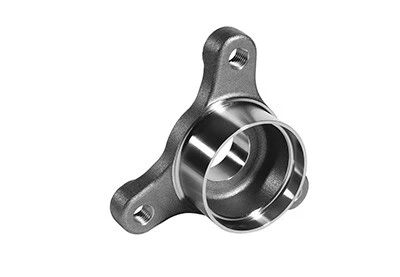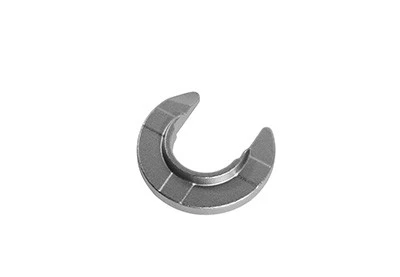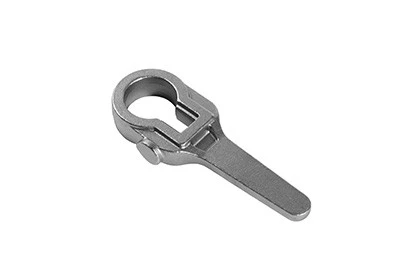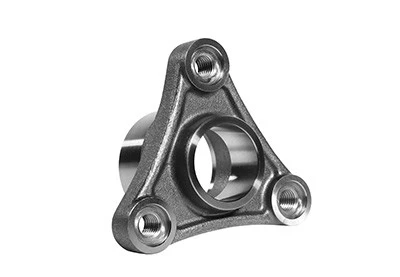ASTM DIN Forged Adjusting arm.Arm forging.Drop forging.Hot die forging.
Key Specifications / Features
Hits: 27
Forge's steel forgings are built to meet aviation industry specifications and standards for its advantages. Our unique parts optimization capabilities are particularly important to this sector and its “zero failure” tolerances. At the same time, our diverse client base benefits from the processes and practices designed to address the aerospace universe. At CT Forge, process control is paramount, resulting in more value-added products and services for our customers. Our steel forgings are used in below industrial applications:
Aerospace Automotive Burners Defense
Electronics Farm Machinery Food & Beverage Heavy Machinery
Industrial Machine Tool Medical Tools Military
Mining Nuclear Oil & Gas Optics
Packaging Petroleum Power Generation Pressure Vessel
Pumps Recreation Valves
Request a quote
Tags
Detail Information
Properties of Steel Forgings
- Strong & Durable : Steel forgings have a generally higher strength and are typically tougher than steel processed in other fashions. The steel is less likely to shatter on contact with other objects for example, making forged steel highly suitable for items such as swords. This increased strength and durability is a result of the way in which the steel is forced into shape — by pressing or by hammering — during the forging process. The steel’s grain is stretched by this process, and ends up aligned in one direction, as opposed to being random. Following the pressing or hammering, the forging is cooled in water or oil. By the end of the process, the steel is stronger than it would have been had it been cast, for example.
- Anisotropic: A steel forging’s strength isn’t consistent all the way through; instead, steel forgings are anisotropic, which means when the metal is worked on and deformation occurs, the steel’s strength is greatest in the direction of the resulting grain flow. This results in steel forgings which are strongest along their longitudinal axis, while in other directions, the forging will be weaker. This differs from steel castings, which are isotropic and therefore have almost identical properties in all directions.
- Consistency Between Forgings: Since the process of forging is controlled and deliberate, with each forging undergoing the same steps, it’s typically possible to ensure a consistent material over the course of many different forgings. This is in contrast to cast steel, which is more random in nature due to the processes used.
- Limit on Size: During the forging process, it’s more difficult to shape the metal, since forging occurs while the steel is still solid, unlike in casting where the metal has been reduced to its liquid form as part of the process. Since the metallurgist working with the steel will have more difficulty altering the metal’s shape, there’s a limit on the size and the thickness of the steel which can be successfully forged. The larger the metal section being worked on, the harder it is to forge.
Comment Form






